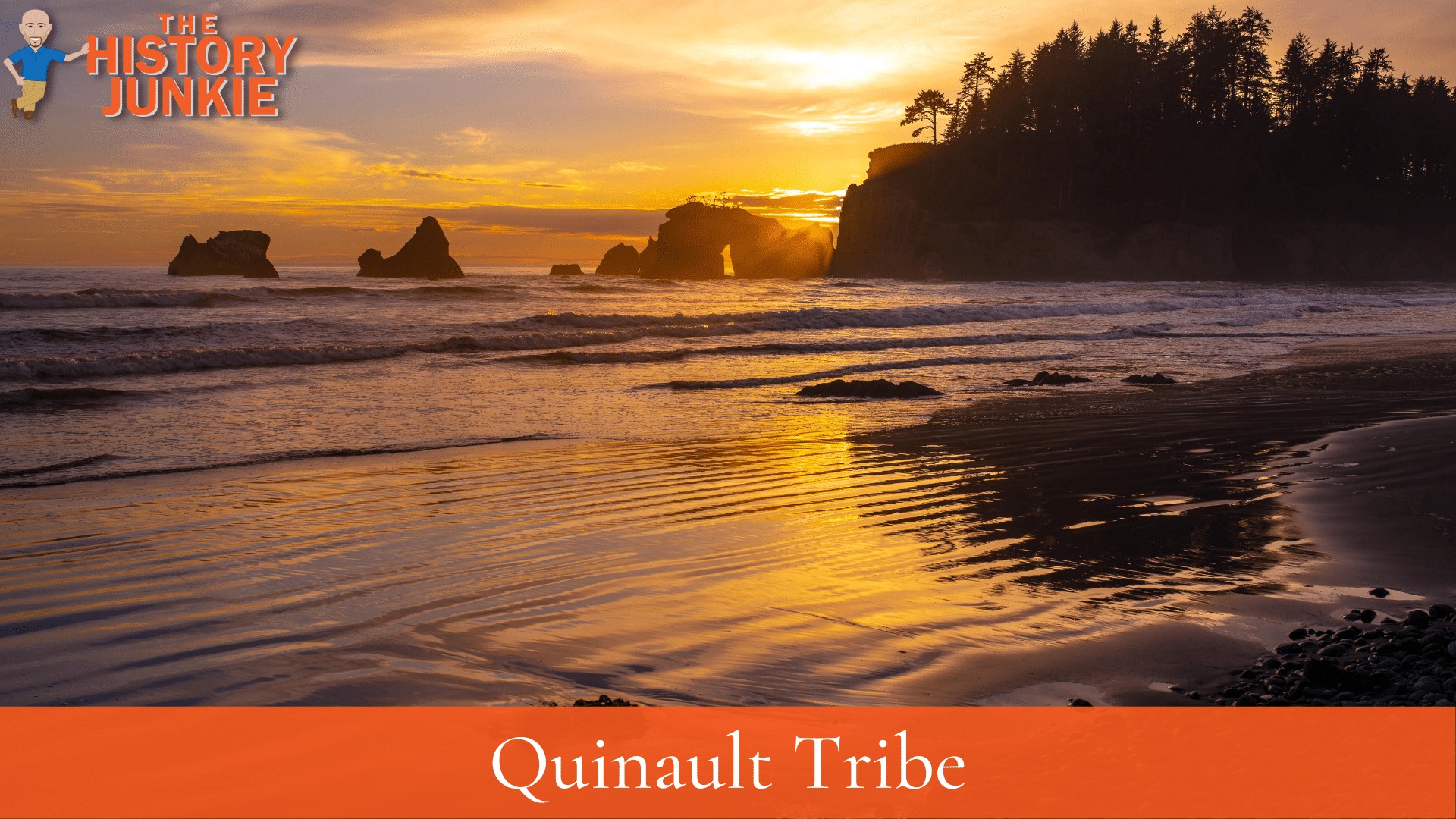
Jump to:
#1. The Quinault Tribe Were Excellent Fishermen
The Quinault Tribe, like most Northwest Indian Tribes, were excellent fishermen. They relied on the fish in the Quinault River to feed their tribe. The fish they caught and ate were primarily salmon and steelhead.
Since they fished in the river, they did not come into contact with whales like the Makah and Quileute tribes.
They did live on the coast of modern-day Washington, but if they did do any whaling, it is not spoken about.
They made large canoes that were over 50 feet long that aided them in their fishing.
#2. The Spanish Were The First To Make Contact
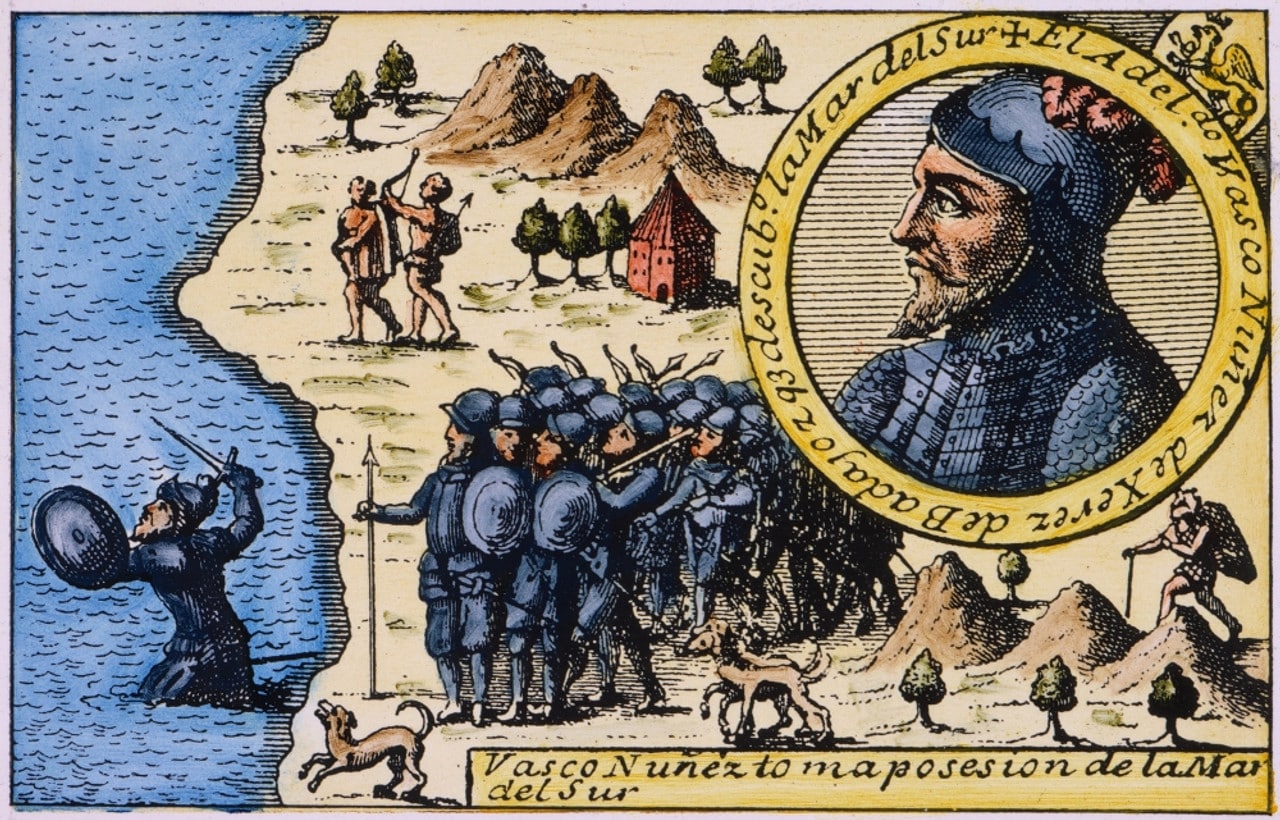
Due to the Quinault Tribe's location on the west coast, they were not part of the initial contact when the Europeans began to discover the New World.
The Northeast, Southeast, Mexican, and South American Indian Tribes experienced the initial contact and also the diseases that were carried with them.
Like most Pacific Northwest tribes, the Quinault tribe was able to avoid the diseases...for a while.
Unfortunately, smallpox would eventually arrive on the coast, and it would begin to hurt many of the tribes on the coast, which included the Quinault.
#3. Lewis and Clark Met The Quinault
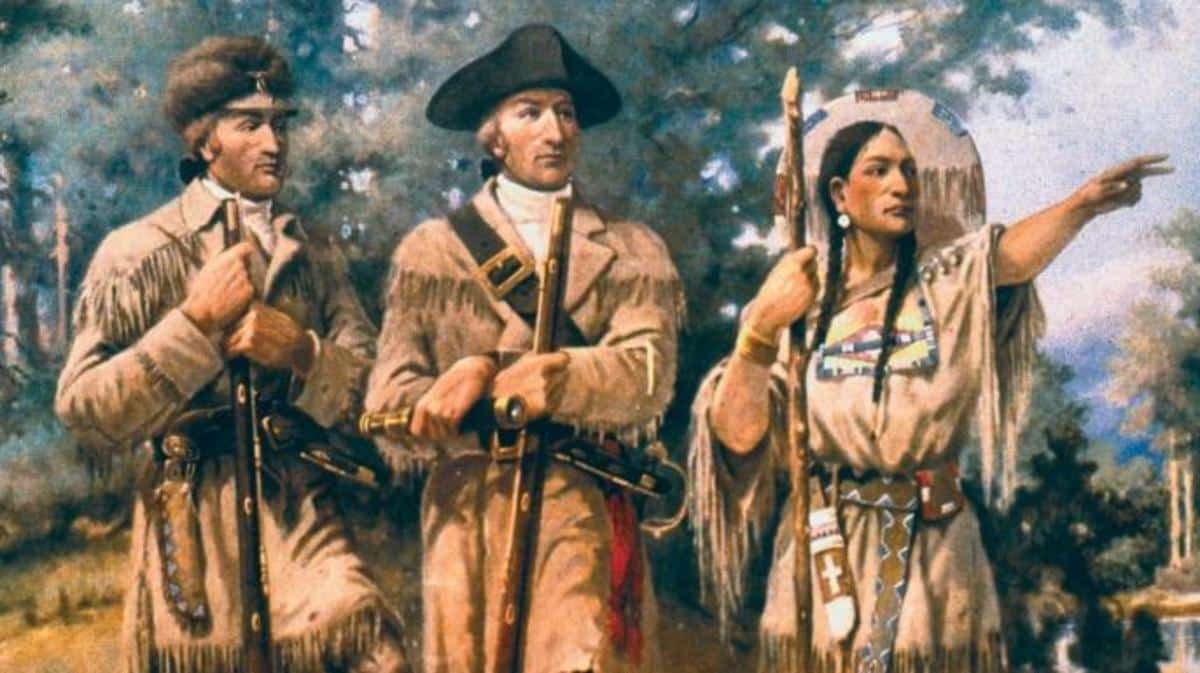
When America made the Louisiana Purchase from France, President Thomas Jefferson arranged an expedition to explore. He commissioned William Clark and Meriwether Lewis to lead the expedition and report to him their findings.
During their expedition, they had a Native guide, Sacagawea, who would show them the West and introduce them to various tribes.
Also Read: Famous Native Americans in American History
They came upon the Quinault Tribe and documented their excellent canoes and how they were over 50 feet large.
That would be the last contact the Quinault would have with the Americans until settlers started moving west.
#4. They Were Known As Excellent Basket Weavers
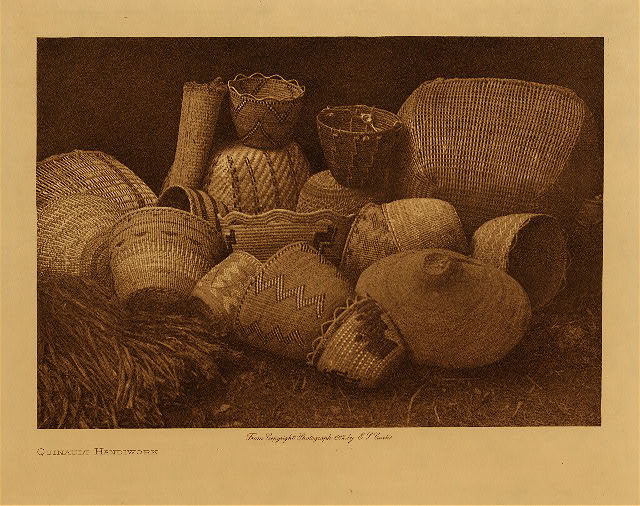
The Quinault people have been noted as basket makers and weavers. Baskets were made from locally available materials such as reeds and grasses, spruce, maple, and red cedar, and in many styles suited to the task at hand.
For instance, burden baskets made for gathering oysters and other shellfish had an open weave to allow for drainage and were made from water-resistant materials like cedar bark.
Archaeology has revealed some of the ways basket-making evolved over time.
Quinault basket artifacts are in many museums in the Northwest and around the world.
There has been some attempt to preserve traditional basket-making techniques on the Quinault reservation, though the style has been intermixed with that of other tribes.
#5. The Quinault Nation Consists of Seven Other Tribes
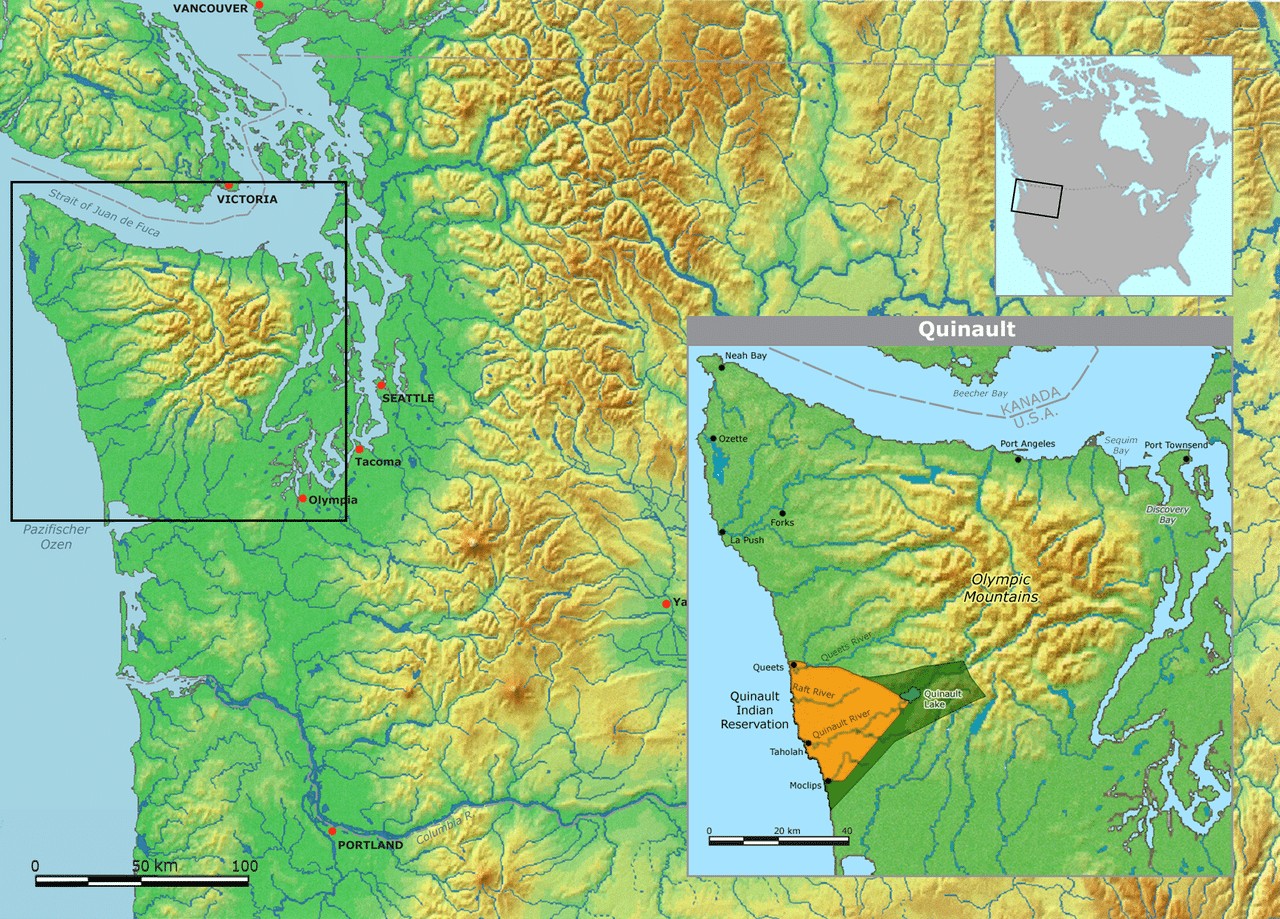
There are seven Northwest Tribes that have descendants that now fall under the Quinault Nation:
These tribes now reside on the Quinault Indian Reservation.
The Quinault Reservation was founded in 1855 with the signing of the Treaty of Olympia with the United States.
The reservation covers 208,150 acres and includes 23 miles of the Pacific coastline, located on the southwestern corner of the Olympic Peninsula.
It is bordered by the Olympic National Park to the northwest, which was established in 1909 as a National Monument by President Theodore Roosevelt.
